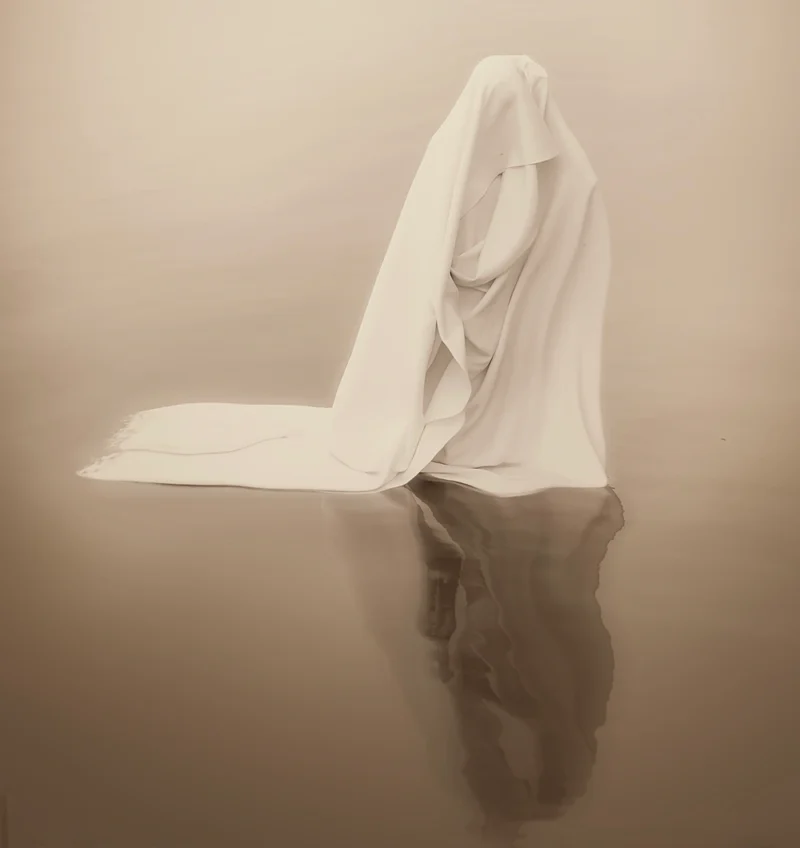It could be me whose blood is crying. A pestle pounding
a skull in a mortar. It could be my father who is not
coming home tonight. Or sister, who is raped, her breasts
sliced clean, her pubic hair shaved, her body dumped in
a bush near Liberty Stadium. It could be my mother’s
Headless body we gather around in the morning.
Somewhere, a mother is throwing herself to the ground
in someone’s house. She is screaming, oró ò! the dart of
pain bull’s-eyeing her heart. It could be my ghost finding
the touch of its mother in a house where the doors are
shutting against the portals of grief. I could be coming
through the window as wind. I could be filling the
room with cold. I could be whispering I am here and my
mother is not hearing. Weak in her grief, she could be
staring at the wall where my ghost is standing, calling
my name, saying, ọmọ mi dà? Come to mummy. A father
of four intact bodies could be giggling under his breath,
whispering to his friend that wèrè lọ̀ún yà lọ yìí, which
means she is running mad. There is a story of a shovel
filling a body with dust.
Wind
It could be my ghost finding / the touch of its mother in a house where the doors are / shutting against the portals of grief. I could be coming / through the window as wind.

The Pilgrim, Courtesy the artist Olawale Ololade
